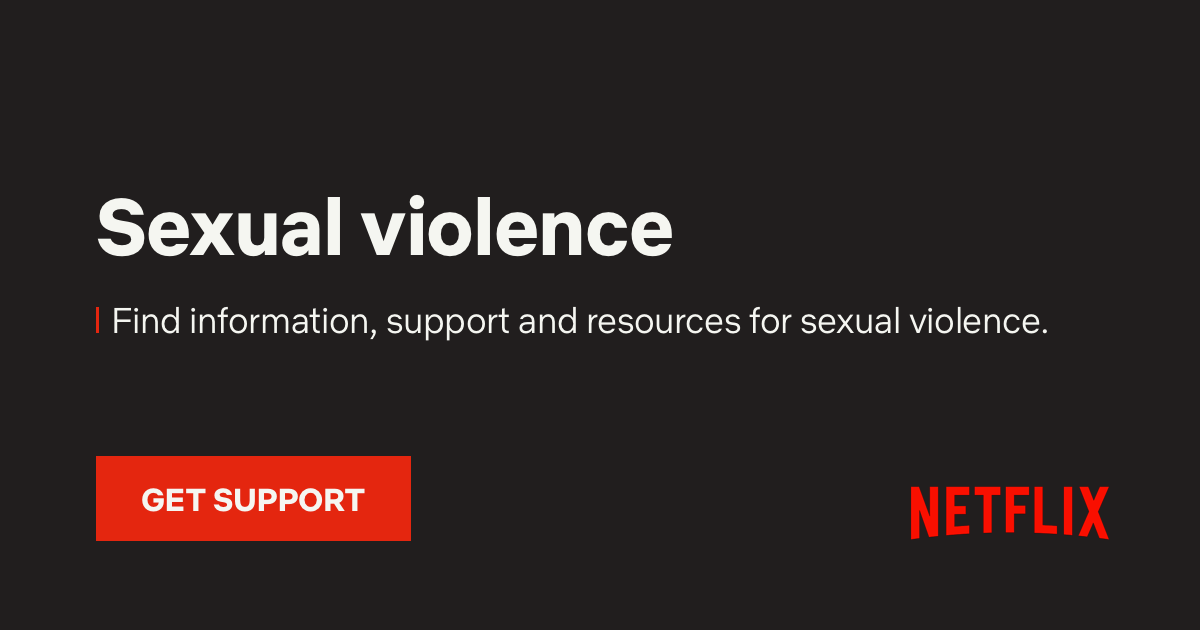I’m a big fan of true crime and thriller shows and movies. Lately, I’ve been more sensitive to triggers like explicit content in these kinds of media. Hence, I rely heavily on the warnings that appear across the screen prior to starting a show or movie. Some producers do a very good job at making it clear that a certain piece of media will include depictions or mentions of sexual assault or domestic violence. Others… not so much. I sat down recently to watch the new Netflix movie Luckiest Girl Alive starring Mila Kunis. The trailer was intriguing, and I knew that it was going to involve some “dark trauma” that she’d encountered as a teenager, but there was no warning of any details of sexual assault prior to watching. The lead-up was very good, depicting her lavish life and hints at something that happened in her high school years. I had to stop the movie completely at 40 minutes in—when there was an abrupt change in the tone of the movie. It went from airy (yet ominous) to dark and suffocatingly tense. I had to shut it off immediately, but the damage was already done. Just writing about it makes me uneasy and physically uncomfortable.
Trauma of any type leaves people with a permanent stain on their living experience. Common symptoms of traumatic stress include nightmares, paranoia, anxiety, and overall sensitivity or irritability. Triggers are types of stressors or events that induce adverse emotional reactions, like an onset of these trauma symptoms. Usually, triggers are related to the type of trauma someone experienced, but that isn’t always the case. In my case, any depiction of assault, physical or sexual, makes me very upset, paranoid, and uncomfortable. The scene from Luckiest Girl Alive deeply disturbed me and impacted my mental health for the rest of the day. On that same weekend in October, my family decided to watch a horror movie in light of Halloween coming up. We often watch scary movies, and I don’t usually have any problem with them. The Netflix film we chose, No One Gets Out Alive, portrays an immigrant woman struggling to find housing. She ends up at a boarding house, one in which the rooms are rented to individuals and the other living spaces are shared. As most horror movies go, the eerie noises and strange occurrences begin. But then, the main character is intensely assaulted and drugged. Again, I had to get up off the couch and excuse myself before I saw any more.
Not many streaming sites have content warnings that are made explicit. After these experiences, I decided to explore the Netflix site to see if I could find information about certain content for movies I was interested in. The maturity rating of each show or movie is displayed when you click “More Info,” and then you need to click on the rating itself (e.g. PG-13, R, MA). Once you click on the rating, the screen will scroll to a more detailed description of the maturity rating. Here you can find content warnings such as violence, display of sexual assault, or drug use. I am grateful to now know where to find the details of each show and movie I want to consume; however, I wish I had known earlier. It could have prevented so much discomfort. IMDb also offers a similar warning service via their Parents’ Guide, which details any explicit content in films and can provide transparency about media on services other than Netflix. A film’s rating and its justification are listed at the top of each Parents’ Guide (instead of hidden, as they are on Netflix). Their service is user generated, which allows for the content included to be more representative of what may affect viewers like you and me. It also includes descriptions of potentially triggering scenes in order to provide a clearer context of what you might be getting yourself into when selecting a film.
I believe it is streaming services’ responsibility to provide more explicit content warnings at the beginning of any TV show or movie that portrays explicit sexual violence. It will protect so many people from the horrors of flashbacks, anxiety, and pain that come from being triggered. It isn’t fair to survivors that our daily lives are impacted by unlabeled content when there is a simple solution to the problem.

Julia Kopala
My name is Julia, and I am currently working in Boston as a special education teacher. I joined Survivors to Superheroes because I am a survivor myself who did not have any support or resources to understand the gravity of the situation I was in. I want my writing to empower and validate the diversity of experiences and identities that survivors hold, amplifying the idea that healing is possible. Outside of the organization, I find joy in hiking, reading, and mentoring students!



